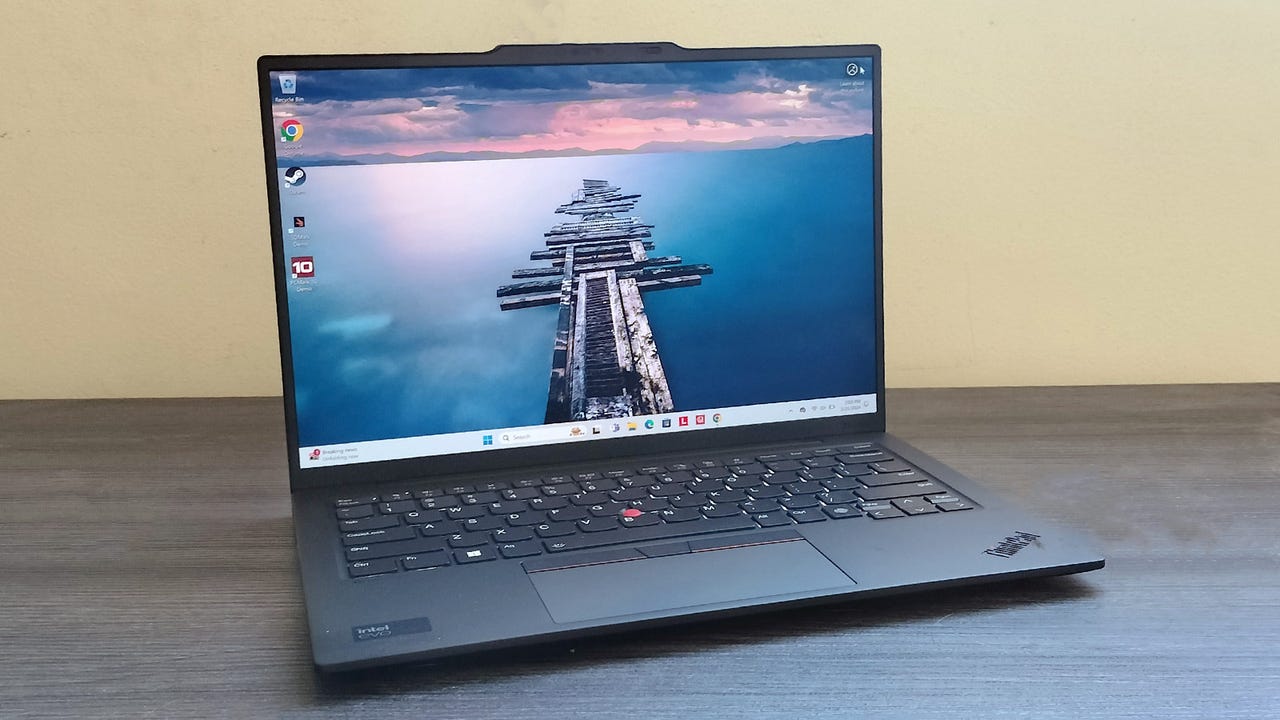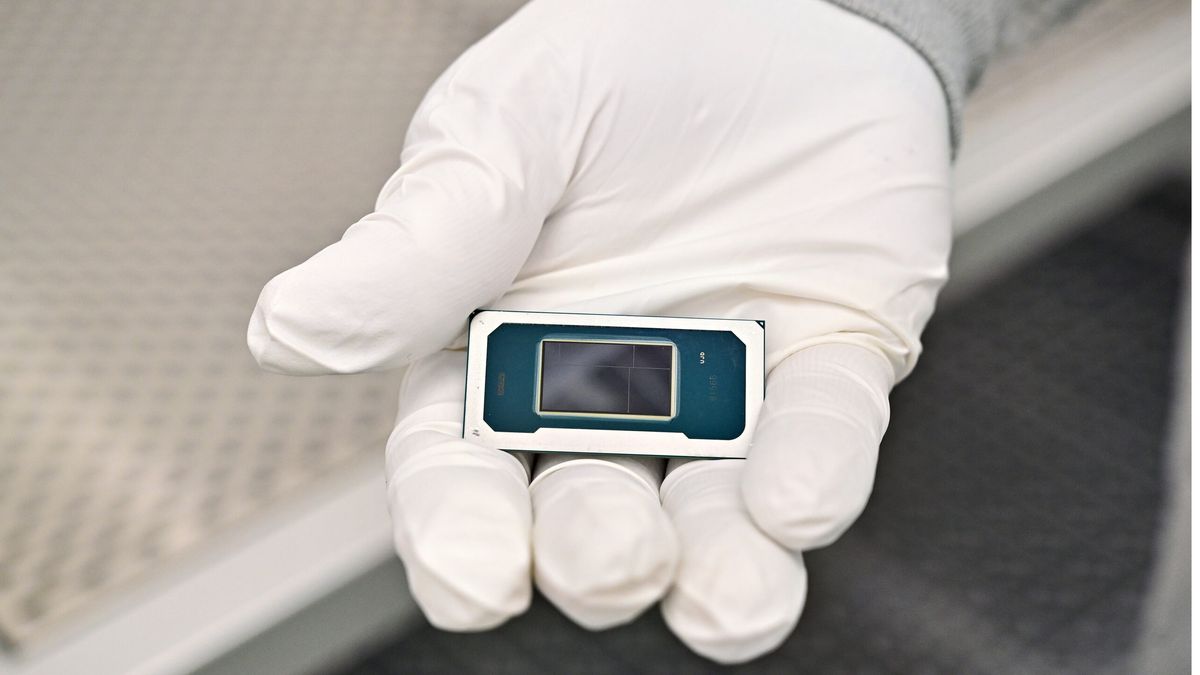The 12th-Gen ThinkPad X1 Carbon is back on sale. Over at Lenovo's website, you can purchase the laptop for as low as $1,404, a nearly 50% discount.
ZDNET's key takeaways
- After making calculated adjustments to last year's model, Lenovo's 12th-Gen ThinkPad X1 Carbon offers a more user-friendly experience starting at $1,759 for the 32GB, 1TB configuration.
- It sports an 8MP webcam that allows for 4K video, a stunning 2.8K display, and a slightly redesigned keyboard.
- Despite these changes, the laptop does have some performance quirks.
Sometimes, the most impactful changes in a laptop series are small improvements made over time, as collectively, they add more to the user experience than just one big upgrade. Case in point: the 12th-generation ThinkPad X1 Carbon. The 11th-gen model from 2023 is a fantastic laptop in its own right, so I had a hard time imagining what Lenovo could do to one-up it. But I'm happy to say the company found multiple ways, beginning with the display.
Also: The best Lenovo laptops of 2025: Expert tested and reviewed
Simply put, it's better than before. The 12th-Gen ThinkPad X1 Carbon has a 14-inch 2.8K resolution (2,880 x 1,800 pixels) OLED display outfitted with image-enhancing software. It supports the entirety of the DCI-P3 gamut and HDR 500, delivering bright, vivid arrays of color rivaled only by the greatest monitors. Moreover, it's covered in an anti-glare (and anti-smudge) coating, maintaining its high quality even under bright sunlight.
All in all, it's a very nice display, but it's not what impressed me the most. The other changes made around the screen, like the webcam, ultimately felt more impactful. It's an 8MP camera capable of shooting video in 4K resolution (3,840 x 2160 pixels), with a lens housed inside a large finger tab jutting out from the top. You'll look great in video calls on this camera, even in bad lighting scenarios.
This ridge has two effects: one, it lets you easily open the lid with a single finger, and two, it enables smaller bezels. Shrinking the bezels allowed Lenovo to increase the surface area of the ThinkPad display, giving it the appearance of a bigger screen despite being 14 inches on both the 11th and 12th-Gen models. This is a perfect example of a small change that makes a big difference.
Also: This $95 Lenovo tablet is fantastic for mobile entertainment - and I'm tempted to buy two
The keyboard has not changed much compared to the older devices. It's covered in a matte-like material that's smooth to the touch, and each key has a slight indentation that alleviates hand stress when typing. But when I looked closer, I began to see the tiny tweaks.
For starters, the FN and Ctrl keys have switched places, falling in line with mainstream keyboard layouts (and reducing the chance that you'll hit the wrong button). Additionally, Lenovo placed more tactile bumps near the FN and Enter keys for easier touch typing. The Page Up and Page Down keys have different shapes, so you can tell where they are, and the arrow keys are located with a slight touch. The fingerprint reader stands out from the crowd thanks to its new glassy covering.
Like other ThinkPads, the second-generation Lenovo ThinkPad Z13 also has a TrackPoint between the G, H, and B keys. What's interesting about it is that double-tapping it opens a floating toolbar, giving you quick access to some of the ThinkPad tools, like the microphone and Voice Typing.
Also: This Lenovo ThinkPad gets my recommendation for remote workers - and it's on sale
Before I forget, I should mention the trackpad because it has its fair share of improvements. For starters, it's bigger now, measuring 4.72 inches across. Above it are three buttons that function similarly to those found on a mouse. Personally, I prefer using these over pressing down on the trackpad as they offer better haptic feedback and a satisfying "click." You can still push down on the trackpad itself, but it's a lot more mushy. It all comes down to preference, and if you prefer having the haptic feedback on the trackpad itself, you may feel a touch disappointed.
My review unit came with the Intel Core Ultra 7 155H processor, which allowed the laptop to work really well for the majority of the time. I was able to have multiple windows and tabs open at the same time without having a major performance drop. However, I did experience a performance drop when I tried waking up the ThinkPad and opening Google Chrome. The laptop would sometimes take an abnormally long time to wake up or launch an app to the point where I worried I had broken something.
Also: Why this Lenovo Yoga is my pick for best MacBook Air alternative (and it's $300 off)
These problems extended to the battery, too. I performed my usual battery test of playing a 720p YouTube video non-stop at 50 % brightness to see how long it lasts. I do this to simulate an average day of work. On battery saver, the ThinkPad X1 Carbon lasted around five hours before dying. That's not very long. With the quirky performance in mind, all this leads me to believe that the ThinkPad's hardware isn't well optimized.
ZDNET's buying advice
I would recommend the 12th-generation ThinkPad X1 Carbon to just about everyone: casual users, professionals, programmers, and creators. There are a myriad of different ThinkPads out there, but this one stands out for its thoughtful attention to detail and improved design. Like all ThinkPads, it's durable, utilitarian, and light enough to commute to and from the office with. If you're someone who takes a lot of video calls, you'll love the webcam.
You can choose a few different configurations for this machine, which will raise or lower its price. The base model normally retails for $2,649, but it does go on sale.
The recent US tariffs on imports from countries like China, Vietnam, and India aim to boost domestic manufacturing but are likely to drive up prices on consumer electronics. Products like smartphones, laptops, and TVs may become more expensive as companies rethink global supply chains and weigh the cost of shifting production.
CNET: Tariff Pricing Tracker: We're Watching 11 Products You Might Need to Buy
Laptops and PCs are also hit hard by the new US tariffs, with import duties potentially increasing prices by up to 35%. Many major brands still rely on Chinese and Vietnamese factories for assembly, meaning consumers could soon pay significantly more for everything from budget Chromebooks to high-end gaming rigs.
These tariffs may accelerate efforts to move production to regions like Mexico or India, but shoppers can expect higher costs and fewer discounts in the short term.

 6 months ago
104
6 months ago
104









 English (US) ·
English (US) ·